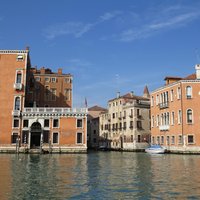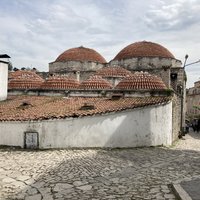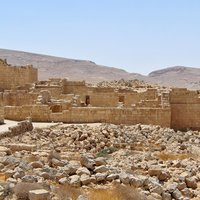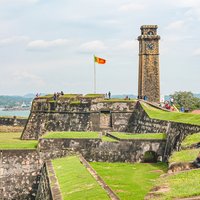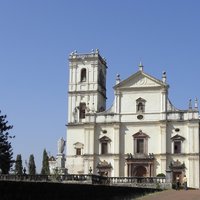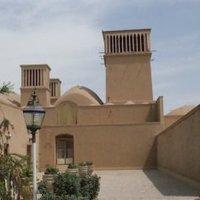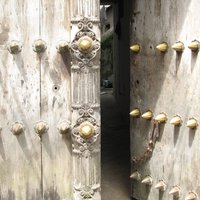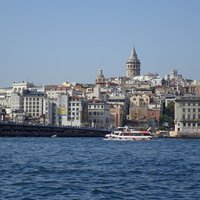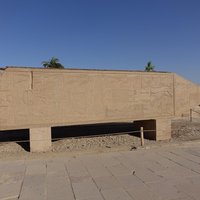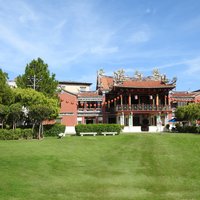Connected Sites
-
Trade hub, selling spices to rest of Europe
-
Contains carvings depicting early maritime trade
-
Ancient port
-
The name of the town derives from "saffron" - Safranbolu was a trading place and a center for growing saffron.
-
“reflect the prosperity of the Nabatean Spice trade over five hundred years from the third century BC” (AB ev)
-
"Tabriz is the most famous trade city of Asia, because caravans bring all types of goods. They bring silk, diamond, pictured cotton, cinnamon and spices from Tatarstan, Uzbekistan, Tibet, China and eastern India." (Nomination file p. 261)
-
"ICOMOS notes that the nomination dossier and the additional information provided include many written and graphical references to the historical routes to which the caravanserais were linked – namely the Silk Roads, the Spice Roads, the Khorasan Road, and the Royal Road." (AB Ev) – "the caravanserais examined (...) considered representative of the historical routs such as Silk Road Heritage Corridor and Spice road (of Iran) as a whole." (Nomination file, p. 188)
-
Horrea Piperataria, an ancient warehouse in the Roman Forum used to store pepper and spice in the imperial period.
See www.wantedinrome.com
-
Trading post and source of cinnamon
-
Portuguese foothold on the trade route
-
Close to the Spice and Silk Roads.
-
"flourishing centre of the spice trade" (wiki)
-
"Traditionally, coffee and tea, cocoa, dried fruit, nuts, spices and other such precious delicacies were the most important goods stored in the Speicherstadt." (nom file), Hamburg has a modern spice museum in the Speicherstadt telling the story
See www.hamburg.com
-
-
Relief records early spice trade expeditions
-
The Cardamom Hills produce Cardamom. Both wild and cultivated (nom file)
-

